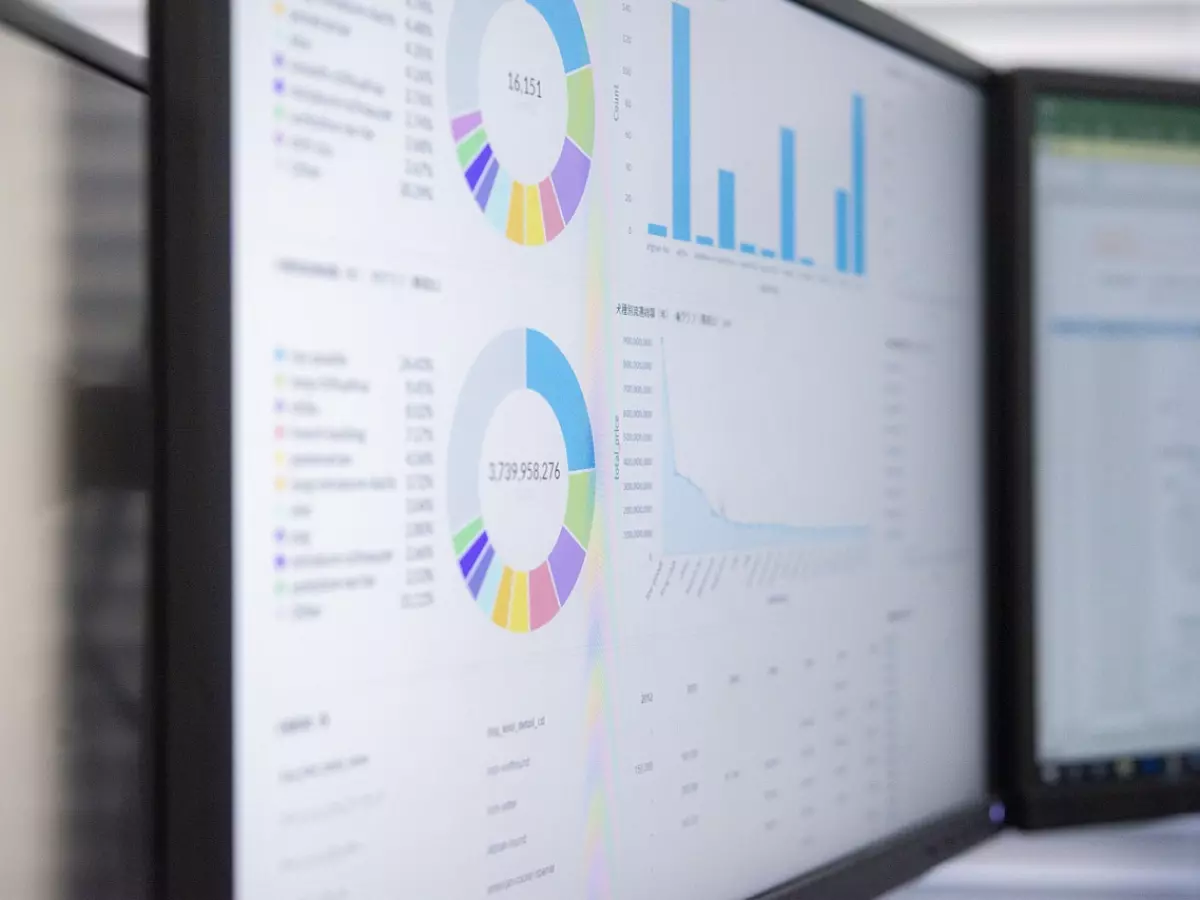Batch or Stream?
Batch processing is dead. Or is it? Some say stream processing is the future, but not everyone agrees. The truth is, both have their place, and choosing the wrong one could cost you big time.

By Tomás Oliveira
Picture this: You're the CTO of a fast-growing e-commerce company. Sales are booming, but so are your data demands. Your team is split—half want to stick with trusty batch processing, while the other half is pushing for stream processing. You're stuck in the middle, unsure which path to take. Sound familiar?
In the world of big data, the debate between batch and stream processing is as old as time (well, at least as old as big data itself). And while it might seem like a technical detail, the choice you make here can have massive implications for your business. Get it right, and you're on the fast track to data-driven success. Get it wrong, and you could end up with a system that’s slow, inefficient, or worse—completely unusable.
Batch Processing: The Old Reliable
Let’s start with the OG of data processing: batch processing. This method involves collecting data over a period of time and processing it all at once. Think of it like doing laundry—you wait until you’ve got a full load before you throw it in the machine.
Batch processing has been around for decades, and for good reason. It’s reliable, it’s efficient (in certain scenarios), and it’s perfect for handling large volumes of data that don’t need to be processed in real-time. If you’re running reports, doing historical analysis, or processing data that doesn’t change minute by minute, batch processing is your best friend.
But here’s the catch: batch processing isn’t built for speed. If you need real-time insights or quick reactions to data as it comes in, batch processing will leave you in the dust. It’s like waiting for that laundry cycle to finish when you really just need a clean shirt right now.
Stream Processing: The New Kid on the Block
Enter stream processing. Unlike batch processing, which waits for data to accumulate, stream processing handles data as it comes in—think of it as doing laundry one sock at a time. It’s fast, it’s responsive, and it’s perfect for scenarios where real-time data is king.
Stream processing is ideal for use cases like fraud detection, real-time analytics, and monitoring systems where every second counts. It allows you to process data in near real-time, giving you the ability to react to changes as they happen. Sounds perfect, right?
Well, not so fast. Stream processing comes with its own set of challenges. It’s more complex to implement, requires more resources, and can be overkill for applications that don’t need real-time data. Plus, if you’re dealing with massive amounts of data, stream processing can become a bottleneck if not managed properly.
Choosing the Right Tool for the Job
So, how do you choose between batch and stream processing? The answer, as with most things in tech, is: it depends.
If your use case involves large volumes of data that don’t need to be processed immediately—like running end-of-day reports or analyzing historical trends—batch processing is probably the way to go. It’s simpler, more cost-effective, and gets the job done without the need for real-time speed.
On the other hand, if you’re dealing with data that’s constantly changing and requires immediate action—like monitoring stock prices, detecting fraud, or providing real-time recommendations—stream processing is your best bet. It’s fast, responsive, and gives you the ability to react to data as it happens.
But here’s the kicker: you don’t have to choose just one. In fact, many companies are finding success by using a hybrid approach—combining batch and stream processing to get the best of both worlds. For example, you might use stream processing for real-time monitoring and batch processing for historical analysis. It’s all about finding the right balance for your specific needs.
The Final Verdict
At the end of the day, the choice between batch and stream processing comes down to your specific use case. There’s no one-size-fits-all solution, and both methods have their strengths and weaknesses. The key is to understand the trade-offs and choose the approach that best fits your needs.
So, is batch processing dead? Not by a long shot. Is stream processing the future? Maybe, but it’s not the only future. The real answer lies somewhere in between—where batch and stream processing work together to help you harness the full power of your big data.





